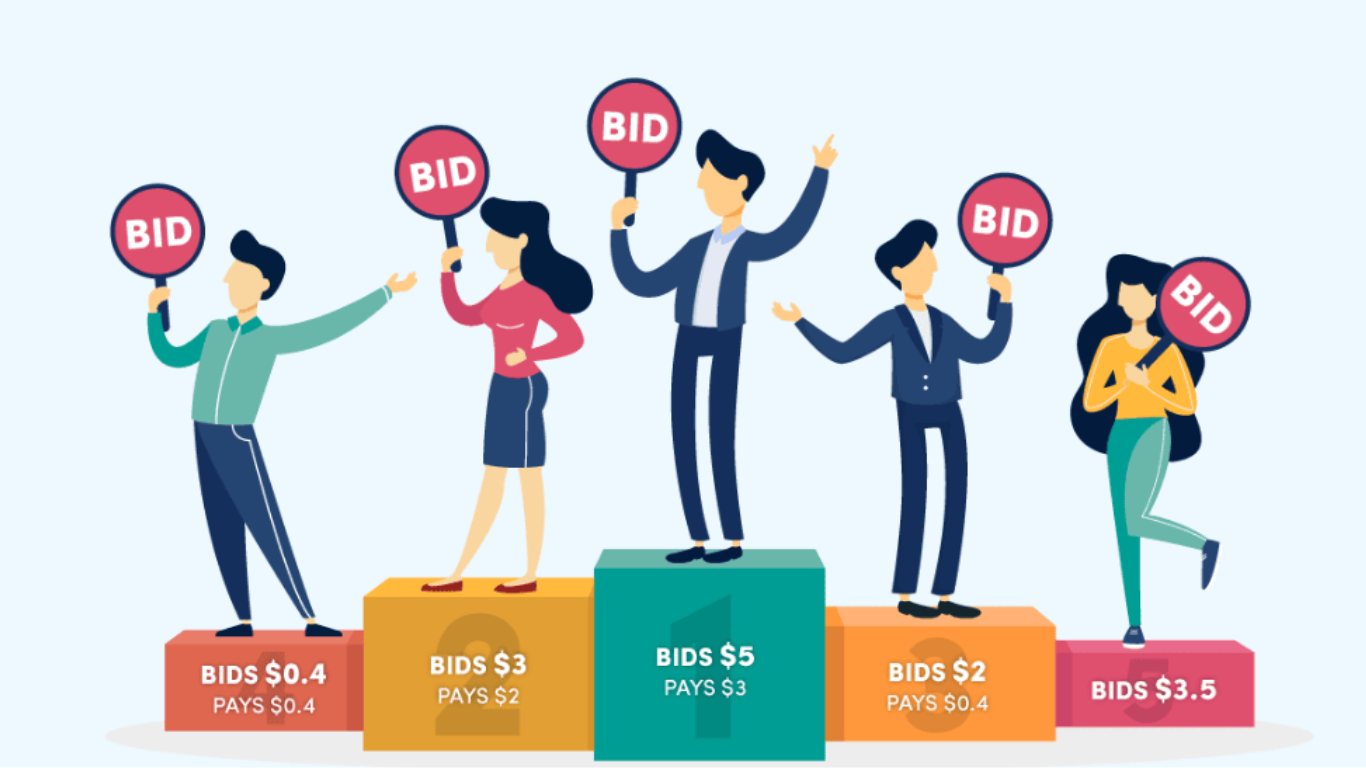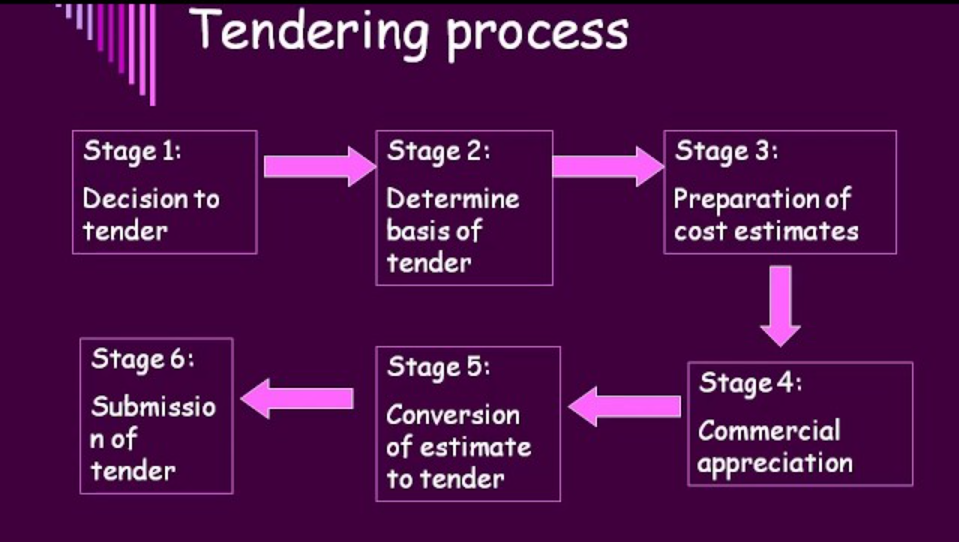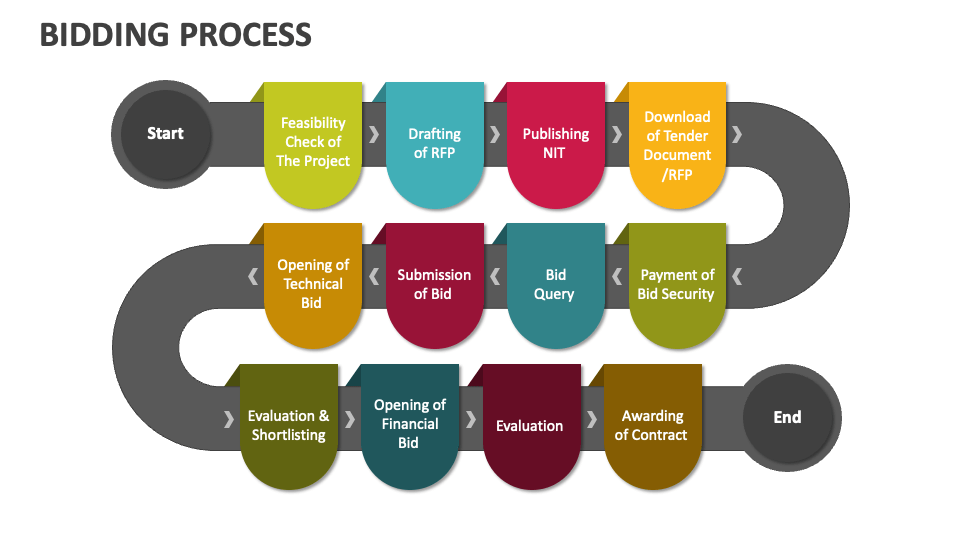What is The Process of Tendering? A Helpful Guide for Project Managers
Diving into the realm of commercial tendering? It’s a world filled with jargon, abbreviations, and procedures that can seem complex at first glance. But don’t fret; you’re not alone in finding it a tad confusing. Whether it’s a PQQ, an SQ, or the myriad other terms used to describe the same process, it’s all part of the unique language of tendering.
Mastering the tendering process is a must for general contractors and subcontractors alike. With an industry hit ratio of around 5:1, it means you’ll likely bag a contract for one out of every five jobs you tender for. Understanding the process and the strategy you should adopt as a contractor is key to your success. So, buckle up as we delve deeper into the world of tendering, bidding, proposals, and procurement.
What is the Bidding and Tendering Process?

The bidding and tendering process allows businesses to request proposals from service providers for a specific task and also enables these external contractors to secure work on projects. The process of tendering thrives on efficiency and strategy. It starts with a business or organization tendering an invitation for third-party contractors to bid on a specific project. The magic key here is a document known as a “tender.” By submitting this ‘Invitation To Tender (ITT),’ companies open the door for service providers to step up and pitch their proposals.
Subsequently, businesses gauge the received proposals against a unique set of criteria to pinpoint the most suited provider for their project. The procedure of tendering places a wide spectrum of options right in front of them, paving the way for an informed selection.
Why is the Bidding Process Important in Project Management?
The bidding process plays a pivotal role in project management, influencing your success in the process of tendering in construction and other industries. This stage, where businesses request proposals through tenders, sets the initial groundwork for any project. Breaking down the outcome of your project into tangible components, as project estimators do, allows you to curate your tenders more effectively. The critical task of dissecting your project’s elements creates an integral aspect of the bid’s foundation—material take-offs.
The process of tendering requires a level of understanding and strategy to navigate it effectively. A potential bid for your team needs a certain level of consideration. You should never just assume a project is the right fit—it’s essential to evaluate its viability. Creating a checklist of questions to guide your decision can be a beneficial tool in this process. Don’t clutch at straws. Make well-informed decisions.
General Steps in the Tendering Process

Delving deeper into the process of tendering. it’s pivotal to comprehend its three fundamental stages. Each demands a meticulous strategy to ensure success in your tenders.
Step 1: Tender Solicitation
During the tender solicitation phase, an Invitation for Tender (IFT), a Request for Quote (RFQ), or a Request for Proposal (RFP) is generally issued by the owner or their representative. In public project tenders, an open invite is typically given to qualifying, registered government contractors. On the flip side, private project tenders could be sent to a select group of contractors in a non-competitive tendering process. Many times, tenders are solicited through a tender management platform, streamlining the procedure of the tendering process.
Step 2: Tender Submission
Once you’ve detailed your tender bid and submitted it to the contracting authority, the review process begins. Here, your financial and quality elements stand against the marking criteria and submissions from competitors. Request feedback to leverage continuous improvement or identify where you’ve missed marks, no matter the outcome. Imagine you score highly in certain topics and secure contracts – these responses can be saved in a bid library to guide future tender processes.
Step 3: Tender Selection
Post submission, the authority usually generates a scorecard of all tender responses to determine the ranking. A list of winners and others is finalized based on the evaluation process. The succeeding stages in the process of tendering involve contract formation and project delivery.
What Are The Types of Bid Processes?

When navigating the process of tendering, it’s critical to understand the key types of bid processes used. These methods enhance your strategy and boost your overall competency within the contracting industry.
1. Open Tendering
An open tender is widely publicized and invites bids from any potential supplier or contractor. Being open to all, this type of tendering process increases competition and is commonly used for government projects to drive prices down. This means that any business meeting the minimum qualification criteria can submit a bid. It gives your business a fair chance to compete for a contract, whether you’re an established entity or a rising SME.
2. Selective Tendering
Selective tendering, as the name suggests, is a more targeted method. In this tendering process, potential suppliers are pre-qualified based on specific criteria such as technical abilities and competency skills. Only a select group of prequalified vendors (usually around three to ten) are invited to tender. This method is beneficial as it reduces the types of tendering to a manageable number of competent bidders. It helps businesses build credibility and reinforces their strengths and capacities, creating pathways for higher-value projects.
3. Negotiated Tendering
Lastly, negotiated tendering is a more flexible approach. These cases typically involve negotiation with one or more companies for the terms of the contract. In some scenarios, this might be the most suitable method, especially for projects needing specific, specialist expertise that only a few suppliers can satisfy. It’s not as common as open or selective tendering, yet it provides an excellent opportunity for businesses to demonstrate added value and negotiate a favorable position.
What is the Bidding Process for Project Managers?
Let’s get into the dynamics of the bidding process from a project manager’s point of view. Project managers can play one of two essential roles within the procedure of the tendering process: a tender manager or a bidding manager. Tender managers represent the organization seeking a vendor, and bidding managers represent the entities interested in providing the service or product. Your role as a project manager, whether you’re a tender or bidding manager, significantly influences how you’ll navigate the process of tendering in construction and other industries.
Consider a negotiated tendering bid process as an example. In this process, a single vendor with a prominent track record in the industry or a preexisting relationship with the project owner is preselected. A bidding manager interacts with the organization, accepting bids and negotiating the terms of the project and work contract. It’s a job that demands precision, flexibility, and exceptional negotiation skills. Understanding the specific role you play within the bidding process is crucial to effectively navigate the complexities of tendering and securing contracts best suited for your organization’s strengths and capabilities.
Conclusion
Measuring success in the world of tenders and bids is difficult, but arming yourself with the above knowledge can really help you. We have walked you through the process of tendering and bidding, from understanding the roles of key players to mastering the art of negotiation. We have highlighted the importance of a tender manager’s role in crafting bid packages that showcase your organization’s strengths. Remember, success in tendering is not just about winning bids. It’s about aligning those wins with your organization’s strengths and delivering on your promises.
Frequently Asked Questions
What is the primary aim of tendering?
Tendering’s main goal is to award work justly to the best contender. This could be a lone trader, an SME, or a larger corporation. The focus is on your offering, its potential benefits to the buyer, and your capacity to provide a comprehensive service to them.
What are the key steps to prepare a tender?
Preparing a tender involves five main steps:
- Developing the content.
- Formatting the document.
- Citing case studies.
- Writing boilerplate responses.
- Designing the layout.
The ultimate goal is to create a compelling, comprehensive tender.
How much time does tender preparation typically take?
Tender preparation can be time-consuming; it can take about two weeks or more. Time is spent gathering information, obtaining quotes from subcontractors, completing paperwork, and finalizing the tender submission.
What is the tender negotiation process?
Negotiated tendering is when a buyer invites a single supplier to carry out work based on their industry reputation or previous relationship. The buyer and supplier negotiate the terms of the contract post-engagement.
What is meant by ‘tender action’?
‘Tender action’ involves identifying and evaluating potential contractors or specialists for the project construction. This phase involves obtaining and assessing tenders and contractor’s proposals and submitting recommendations to the client.

Leave a Reply